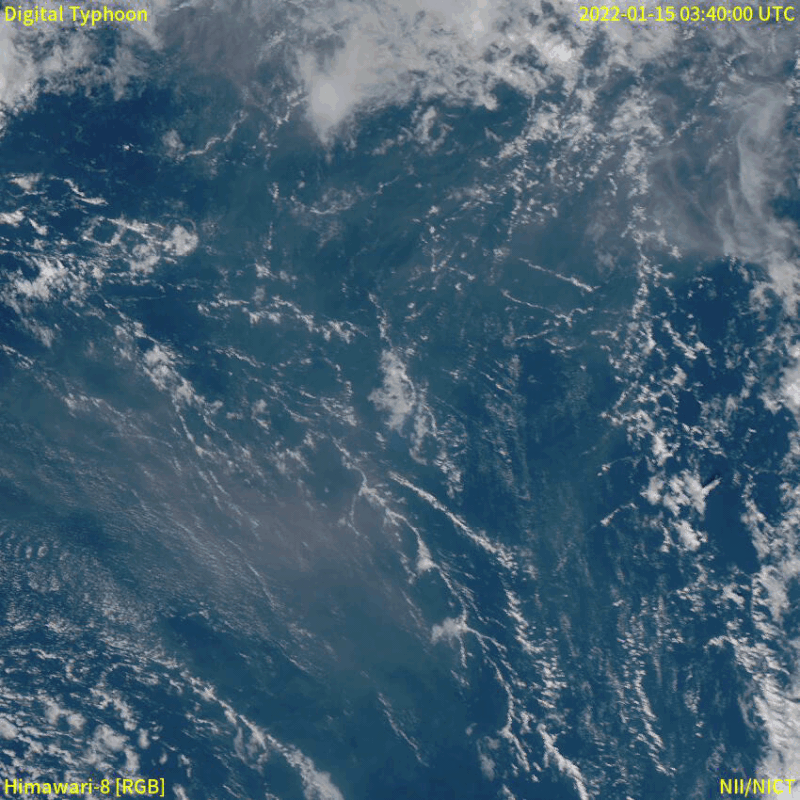Japan's Himawari Satellites Uncover Unexpected Data on Venus

In an unexpected discovery, scientists have found that Japan's Himawari-8 and Himawari-9 weather satellites, primarily designed for monitoring Earth's atmospheric conditions, have been collecting valuable data on Venus for nearly a decade. This revelation was made public by Gaku Nishiyama, a postdoctoral researcher at the German Aerospace Center (DLR), during an interview with Space.com on July 23, 2025. The Himawari satellites, launched in 2014 and 2016 respectively, are equipped to capture imagery and data that extends beyond Earth, giving them the capability to inadvertently observe other celestial bodies, including the moon and planets within our solar system.
The serendipitous findings started when Nishiyama's colleague, a certified weather forecaster in Japan, noticed images of the moon in the Himawari datasets. This prompted Nishiyama to explore the potential of using these satellites as informal space telescopes. By analyzing the infrared light emitted by these bodies, the research team was able to document various phenomena, including temperature variations on the moon's surface and data on other planets such as Mercury, Mars, and Jupiter.
The team specifically focused on Venus, where they utilized the satellites' precise imaging capabilities to predict when and where Venus would appear in the satellite images. This allowed them to isolate and analyze the pixels associated with Venus, revealing significant insights into the planet's atmospheric dynamics. The Himawari satellites have provided one of the longest multiband infrared records of Venus, capturing subtle year-to-year changes in the cloud-top temperatures and identifying phenomena such as thermal tides and Rossby waves, which are essential for understanding the energy transport within Venus' atmosphere.
"Thermal tides are global-scale gravity waves caused by solar heating in Venus' cloud layers," Nishiyama explained. "These waves, along with Rossby waves, play a crucial role in transporting heat and momentum throughout the planet's atmosphere. Our ability to track these variations is vital for comprehending Venus' atmospheric behavior."
The implications of this research extend beyond mere observation. The findings challenge previous calibrations of instruments aboard dedicated Venus spacecraft, such as the LIR camera on the Akatsuki mission. Nishiyama's team compared the data from Himawari with that of the LIR camera, uncovering discrepancies that suggest the LIR may be underestimating Venus' radiance. This calibration insight is pivotal for refining our understanding of Venus' atmospheric structure.
The Himawari satellites' unique capabilities allow them to provide continuous observations over extended periods, filling gaps in data collection that often exist between dedicated planetary missions. Nishiyama noted that these satellites could complement the work of missions like Akatsuki and the upcoming BepiColombo, which is set to monitor Mercury but may collect data on Venus during its flybys.
The study, published in the journal Earth, Planets and Space, highlights a new frontier for planetary science, demonstrating that Earth-based satellites can contribute significantly to the understanding of other planets. Nishiyama concluded, "We believe that continuing such activities will further expand our horizons in the field of planetary science."
This discovery not only broadens the scope of data available on Venus but also underscores the potential of utilizing existing Earth observation technology for planetary research, marking a significant advancement in our understanding of the solar system.
### Implications and Future Outlook The findings from the Himawari satellites may lead to new methodologies in planetary observation, enhancing the accuracy of data collected by future missions. As Earth-observing satellites continue to operate for decades, they can serve as a reliable source of supplementary data, particularly when planetary missions are not actively in orbit. The ongoing analysis of the extensive datasets collected by Himawari may reveal further insights into the atmospheric phenomena of Venus and potentially other celestial bodies, fostering collaborative research efforts between meteorological and planetary science disciplines.
Advertisement
Tags
Advertisement





